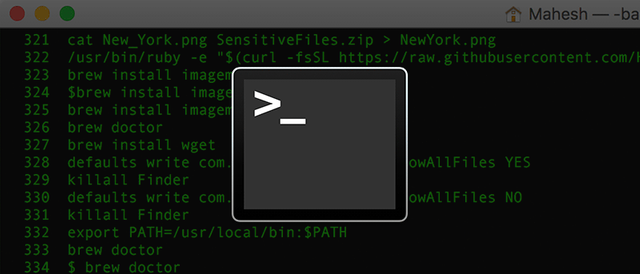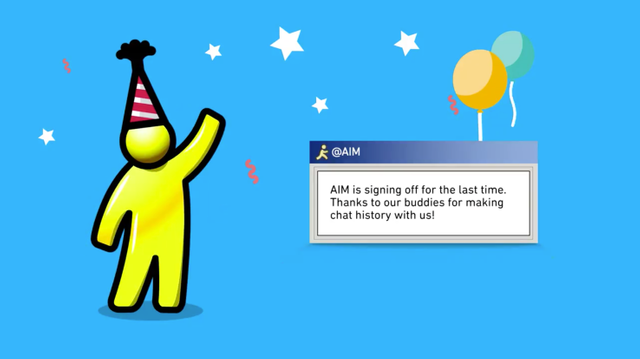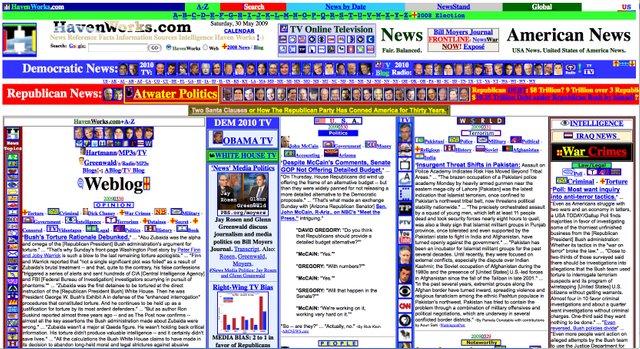Return of the Command Line
I thought of something funny this morning.
Compatability can get weird
I visited my Airport Extreme-owning friend recently, which meant turning SMB1 on again in order to connect to the damn thing, and then turning it back off so as not to get hacked by the universe. SMB1 is an ANCIENT file-sharing protocol that's become a popular target for ransomeware developers, and I wrote about my frustrations with it and the fact that Apple still uses it back in the day.
Since turning SMB1 on and off is such a common thing for me, I've gotten pretty quick about it. On my Windows 10 PC, I hit the Windows key, and then type "turn w"-- that's all I need for the OS' speedy search to determine what I'm trying to do-- and hit enter. That takes me to the Windows Features window, where I can do what I need to. I appreciate how fast and direct this feels-- no navigating menus or clicking buttons; I basically just type a bit and I'm there. As a quick typer, I love this method.
Just for shits and giggles, I tried to get to the same place WITHOUT searching and typing. First of all, I found that they really buried these features in the OS-- they aren't easy to find at all! Using a more traditional mouse-and-menu approach, I click the Start menu, hit the settings shortcut, click Apps, click "Programs and Features" on the right, THEN find Turn Windows features on or off on the left. That's five clicks across five different windows to get to the same place I normally get thru pressing six keys!
Different ways to drive
This language-based approach to interface and interaction feels like an upgrade to me. Why bother with memorizing menu locations when you can just ask for what you're looking for and have it given to you directly? You see, I grew up after the era of Command Line Interfaces and squarely within the Graphical User Interface era. Typing my way to what I want is so old to me that it's new again-- it used to be the only way to interact with technology, but now it feels faster and more direct than the most polished GUIs! And that's when I had the first part of my funny thought-- maybe all that hype about chat bots and messaging apps is true!
Chat bots behind the wheel
For some time now, there's been a growing hype train around bots and messaging apps--this article is a good example. As the smartphone continues to become by far the most common way that we interact with technology and each other, its interfaces, like the modest messaging app, are getting a whole new lease on life. Messaging apps are evolving from a way to chat with your friends to a way to interact with brands, control devices, and access the internet. They're also one way to engage with the growing AI assistant field (like the popular Google Assistant).
Ironically, this new push towards text-based interactions is happening around the same time that one of the original great messaging apps, AIM, is shutting down for good. But that's not the only technological vestige at risk of going the way of the dinosaur-- so too is the keyboard itself.
Where to next?
Clearly, the interface market is becoming just about as nonsensical as the digital imaging market-- there are so many new and wonderful advances in operation alongside ancient dinosaurs (like SMB1!) that, from 40,000 feet, it looks like sheer chaos.
I've tried my best to get excited about all the new chat bots and messaging app innovations, and many of them are pretty damn cool! But I don't personally feel the need to have closer interactions with brands, and I'm not looking to spend any more time chatting with my friends than I already do, so apps like Allo haven't yet managed to stay installed on my phone for more than a day or two. Cool features, but nothing remarkably different enough to justify a switch.
But one hilarious trend I can see emerging from the fray is the move away from "traditional" mouse-and-keyboard interactions that have dominated tech interactions for the past few decades back to language-based interaction, as we had in the command line days. Only now, rather than communicating with technology in THEIR language-- that is, esoteric commands and painful syntaxes-- we'll be doing it in OUR language. Whether we're typing it on a virtual keyboard, gesturing it with our hands and faces, or speaking it with our voices, technology has become powerful enough and smart enough to meet us where we are and speaking OUR languages, rather than requiring us to operate in theirs. No more digging through menus and clicking buttons-- instead, a more direct interface with the machine.
Sure, the command line was a breeze-- IF you took the time to learn its language. But imagine a command line that understood ANYONE's language! We're not that far off. SMB1 and Windows 10's search made me realize that!



SPEAKING OF KEYBOARDS, look what's making its rounds today! https://theoutline.com/post/2402/the-new-macbook-keyboard-is-ruining-my-life